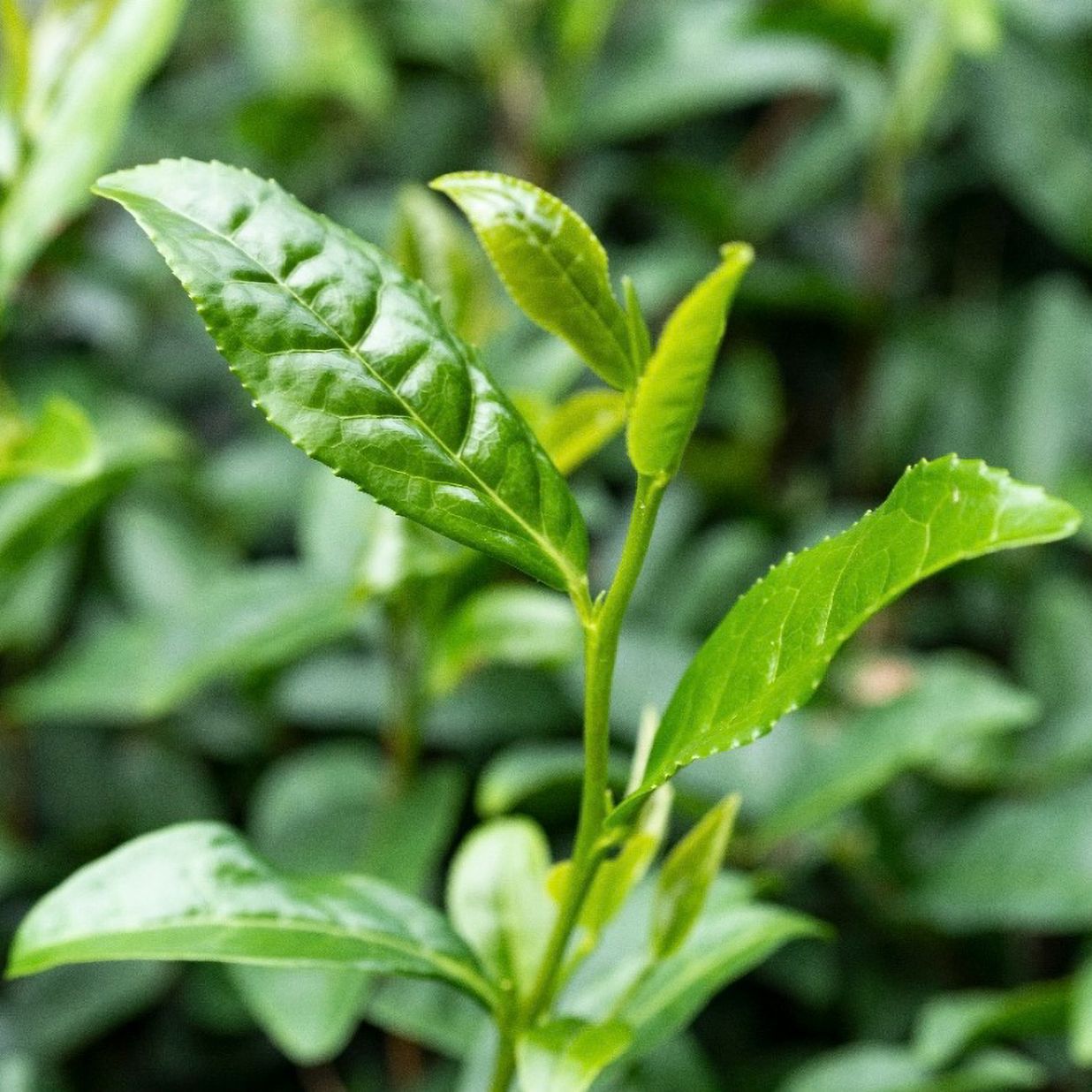LADY'S MANTEL
Lady's mantle (Alchemilla) belongs to the rose family (Rosaceae). Its species are widespread across Europe, Asia and Africa, thriving particularly at higher altitudes, with around 300 species in Europe alone. Its botanical name, Alchemilla, alludes to alchemy and the plant's perceived magical properties, a belief inspired by the droplets of water that form on its leaves and have been used in healing remedies since ancient times.
RASPBERRY LEAF
The raspberry (Rubus idaeus L.) is a valuable plant with a history of use that dates back over 2000 years to the ancient Greeks and Romans. A member of the rose family, it thrives primarily in forest clearings or on deforested land at altitudes of up to 2000m within the boreal zones of the Northern Hemisphere. While best known for its delicious fruits, its leaves have also long been used in traditional herbalism for preparation of tea. Archaeological finds show that both the fruits and leaves of the plant were used as far back as the Stone Age, and it was later cultivated in monastery gardens by knowledgeable priests and monks during the Middle Ages.
CRANESBILL (HERB ROBERT)
Cranesbill (Geranium spp.) is a wild plant from the geranium family and is native to many regions of Europe. Herb Robert (Geranium robertianum) is particularly well known for its aromatic scent and delicate pink flowers. The characteristically deeply lobed leaves and the beak-like fruiting bodies, which give the plant its name, make cranesbill easy to identify. It prefers to grow in semi-shaded to shaded locations such as forest edges, hedges and damp meadows.
HOREHOUND
Horehound (Marrubium vulgare) is a perennial herb in the mint family (Lamiaceae), native to Europe, northern Africa, and parts of Asia. It is best known for its woolly, gray-green leaves and small white flowers. Traditionally used in herbal medicine, horehound is prized for its expectorant properties, making it a common ingredient in cough remedies and throat lozenges. Its bitter taste also lends it to use in digestive tonics and old-fashioned herbal candies. The plant thrives in dry, sunny environments and is often found in disturbed soils.
ELDERFLOWER
Elder (Sambucus nigra) fills the air with its lovely fragrance from May to July. It thrives near human dwellings, often nestling against the sides of houses. By late summer and into autumn, its blossoms transform into clusters of dark berries. The Celts were familiar with the many uses of both the flowers and the berries.
ROSEMARY
Rosemary (Rosmarinus officinalis) originates from the Mediterranean region and was introduced to Central Europe in the first century, where it quickly established itself in botanical history. Valued since ancient times for its intense, flavoursome and invigorating aroma, it can still be found woven into bridal bouquets.

















